Toyota Highlander Vs 4Runner: Which SUV is Right for You?

The corporate behemoth that is Toyota has little trouble churning out seemingly countless examples of its popular SUVs and crossovers.
Two of them, the Highlander and 4Runner, enjoy a level of success envied by most other manufacturers. The latter nameplate has been around for over 30 years, while the former showed up at the start of the car-based crossover craze and carved a very nice niche for itself while paving the way for a parade of copycats.
Like some fraternal brothers, they could hardly be more different despite being raised by the same corporate parents. The Highlander is a three-row crossover based on a front-wheel-drive platform, while the 4Runner has steadfastly remained a body-on-frame SUV endowed with rear-drive architecture. This produces very distinct personalities.
Which one is right for you? Let’s dive in to find out.
Toyota Highlander vs 4Runner
Cabin Space
Highlander: The new 2020 Highlander, at 194.9 inches is about 4.7 inches longer than its more off-road-ready sibling, the 4Runner. Although almost identical in width, the new Highlander also sits about three inches lower compared to the 4Runner. It will be safe to say that the Highlander is even more car-like than before. Since the Highlander is based on the new TNGA unibody platform, the space inside is better utilized.
It offers 39.9 inches of headroom without the panoramic moonroof which drops to 39.4 with the optional glass roof. In the second row, you get 38.4 inches of headroom without the moonroof and 37.1 inches with it. The third row offers 36.1 inches of headspace regardless of configuration. As for the legroom, there is plenty of it in the front two rows. At 40.4 and 41.0 inches, the front two rows can seat even the tallest passengers with ease. The third row, however, at 27.7 inches is a bit squeeze.
4Runner: Measuring a sturdy 71.5 inches tall and 190 inches long, the 4Runner nevertheless gives up a smidgen of headroom and shoulder room to its car-based counterpart. This is largely in part to the truck-like construction, which deploys stout but space-consuming suspension bits.
The 4Runner offers similar levels of headroom compared to its slightly larger unibody sibling. 39.3 in the front and 38.6 inches in the rear to be precise. But due to the body on frame construction, the legroom in the middle row is considerably lower at 32.9 inches even if it does manage to claw back some space in the third row which offers two inches more legroom than the Highlander.
Bottom Line: The Toyota Highlander is bigger than the 4Runner and much more spacious for humans in just about every measure. The main reason for this is down to the way they are constructed. Where the Highlander has a unibody construction, the 4Runner is a body on frame. This means, where the frame is a part of the car on the Highlander, the 4Runner sits on top of its frame which automatically results in a smaller available space for the cabin.
Get a Quote on a New Toyota Highlander or 4RunnerCargo Capacity
Highlander: Behind its third-row seat, this family hauler offers 16.0 cubic feet of volume for your gear. With those chairs folded, capacity increases to 48.4 cu-ft. If you choose to turn the Highlander into a two-seat conveyance, 84.3 cubic feet of cargo space is revealed.
4Runner: As a five-seat rig, the 4Runner can carry 46.3 cu.ft of cargo with the second-row seat up. An optional sliding deck is handy but eats about a cubic foot of space. Folding down the back seat opens up a cavernous 88.8 cubes of room, a vast and yawning chasm compared to the Highlander. With the third row deployed, however, the 4Runner holds just 9 cu-ft in the trunk.
Bottom Line: Despite the 4Runner losing the passenger space competition, it stomps all over the Highlander in cargo-hauling ability, unless you’re using the 4Runner’s third row.
Technology
Highlander: Without a doubt, this is the more family-friendly option of the two. You get a 12.3-inch infotainment system, although only on the Platinum trim, but it is still available. The rear-seat DVD entertainment system has been omitted but you do get an 11-speaker JBL Audio system. An innovative Driver Easy Speak system utilizes a microphone in the overhead console to amplify the driver’s voice and broadcast it through rear speakers like that of a frustrated airline captain. Toyota bakes in all manner of safety gear from pre-collision systems, and pedestrian detection technology to lane-keeping and dynamic cruise control. Most of the safety features are a part of the standard kit except the blind spot monitoring system which is not available on the base model. Also, trail modes and dynamic torque vectoring are available on the AWD trims only.
4Runner: All models receive expected features such as a reverse camera, cruise control, and air conditioning plus a wide array of places to charge smart devices including a 12V household plug in the cargo area. A banging JBL stereo is also available. However, the 4Runner’s interior is squarely aimed at the adventure set, not those who like to go on family road trips with grandma, so the 4Runner lacks a lot of the driver assistance and safety tech seen on the Highlander. Hey, at least there are 10 cupholders.
Bottom Line: The Highlander offers much more than 4Runner in terms of gee-whiz tech gadgets and driving aids. However, the latter is not exactly a barren penalty box either. Engineers for that model simply spent their development money on suspension bits and equipment off-road enthusiasts will appreciate.
Powertrains
Highlander: The 3.5-liter V6 is the sole gas engine on offer and produces 295 hp and 263 lb-ft of torque. The V6 as the new ‘base’ engine has raised the base price of the Highlander, it has also made the SUV a more premium offering. The engine is the same as the one on the ever-popular Sienna minivan and comes paired with the same 8-speed automatic gearbox. And now, AWD is available as an option across the lineup including the base L trim.
A 2.5-liter four-cylinder engine is now available on the hybrid versions only. It is the same atkinson cycle engine that also powers the RAV4 but in a lower state of tune. Here, it achieves a combined output of 243 hp and comes with an ECVT gearbox, also similar to the one on the RAV4.
4Runner: Toyota wisely scrapped the four-cylinder engine ages ago, leaving a stalwart 4.0L V6 motor under the 4Runner’s hood. Making 270 horsepower and 278 lb-ft of torque, this 24-valve engine is paired with a (quite old) five-speed automatic transmission. Based on a rear-wheel-drive platform, the 4×4 system deploys a Torsen-type locking center diff in high-zoot Limited trims, meaning one will be able to tackle tough road conditions with ease. SR5 and TRD trims are available with a high/low transfer case.
Bottom Line: The 4Runner is many leagues more agricultural than the Highlander, meaning it’s much less refined. If your mission is to haul people in car-like comfort, go for the Highlander. Those who spend their weekends snowboarding at Whistler or BASE jumping off the Empire State Building will likely enjoy the 4Runner.
Fuel Economy
Highlander: For such a commodious vehicle, the Highlander acquits itself well at the pumps. Front-wheel-drive examples equipped with the V6 engine return 21mpg in the city 29 mpg on the highway for a combined fuel economy figure of 24mpg. The AWD versions suffer slightly as the economy drops to 20mpg in the city 27 mpg on the highway for a combined economy of 23 mpg.
The Highlander hybrid too is now available with FWD as well which offers a whopping 36 mpg in the city and 35 mpg out on the highway. The AWD versions suffer a deficit of 1 mpg in the city but the highway mileage remains unchanged.
4Runner: Drivers of the 4Runner will be hard pressed to exceed 20 mpg, thanks to prodigious curb weight and barn-door aerodynamics. Both 4×2 and 4×4 versions are rated at 17 mpg in city driving conditions. Two-wheel drive rigs should be good for 21 mpg on the highway, with the addition of 4×4 taking a 1 mpg bit out of that figure.
Bottom Line: Without question, one’s fuel budget will go a lot farther in the Highlander than the 4Runner. Blame a combination of physics and drivetrain efficiency. Both vehicles are designed to run on 87 octane regular-grade gasoline. If fuel economy is your main consideration, get the Highlander Hybrid.
Capability
Highlander: The maximum towing weight of a V6 Highlander is an impressive 5,000 lbs. However, caution is warranted. Payload capacity of a top-tier AWD model is only 1,280 pounds, so a 500-lb trailer tongue weight leaves less than 800 lbs for passengers and cargo.
4Runner: If you think its burly body-on-frame construction permits a larger towing capacity than its car-based cousin, think again. The 4Runner – either 4×2 or 4×4 – is limited to hauling 5,000 pounds. Four-wheel drive version nudges up against a curb weight of 4,700 lbs, allowing a payload of roughly 1,500 lbs. It is that measure in which the unibody construction offers an advantage. Those interested in off-road capability will enjoy the TRD Pro trim with its Nitto Terra Grappler tires and front skid plate for gnarly maneuvers. The rear glass in the 4Runner also slides down so your dogs can get some fresh air.
Bottom Line: In terms of outright capability, 4Runner wins hands down. While its towing capacity is no bigger than the Highlander, its stout body-on-frame structure allows it to bear a much heavier load even while hauling a big trailer.
ALSO SEE: Toyota Tacoma vs Tundra: Which Truck is Right for You?
Off-Road Capability
Highlander: The Highlander is significantly more of a lightweight when it’s away from the pavement than its 4Runner cousin. With a total of 8.0 inches of ground clearance and 18 degrees of approach angle, drivers will need to exercise caution when attempting to clear that snowbank. The Highlander’s all-wheel-drive system cleverly takes input from various sensors in order to properly govern power distribution on slippery surfaces.
4Runner: With body-on-frame construction and a strong off-roading history, this truck has built its reputation as an adventure vehicle. Every four-wheel-drive 4Runner regardless of trim boasts a healthy 9.6 inches of ground clearance, along with 33 degrees of approach angle. In particular, the burly TRD Pro edition, back in the game for 2019, boasts some serious off-road cred including a suspension package that includes 2.5-inch Fox internal bypass shocks. An electronic-locking rear diff is found on all Off-Road branded trims as well.
Bottom Line: In terms of traditional off-roading capability, the 4Runner wins this battle hands down. Its truck-like construction is much better suited to gnarly wheeling than the car-based Highlander. The latter is sure-footed when the commute gets slippery, but will not be able to keep up with the 4Runner in a true off-road environment. If you’re looking to do some off-roading, the 4Runner is built for this stuff and will be much more capable than the Highlander out on the trails.
Style
Highlander: The profile of the 2020 Highlander is instantly recognizable but a closer inspection reveals its evolution. The swept-back headlamps are sleeker, the grille, wider, and the blacked-out A-pillar gives the car a floating roof effect. It still looks very corporate with a well tailored suit. The sleek philosophy is carried over to the rear quarters as well. The tail lamps are sleek as well and are now quite distinct compared to the model it replaces.
4Runner: With a frowning face and square jawline sneering at traffic, the 4Runner cuts an aggressive figure. Even though its dimensions are similar to the Highlander, its boxy styling makes it look tall and narrow. TRD Pro trim cranks up the belligerence with unique styling cues, plus its owner’s manual is carved into your face with a hunting knife.
Bottom Line: If you desire to simply drop the kids off at school and run to soccer practice, go for the Highlander. There is nothing wrong with that perfectly safe and practical decision. The 4Runner is, in comparison, the type of kids who wears a Black Sabbath t-shirt to church.
ALSO SEE: The Best Toyota 4Runner Accessories
Pricing
Highlander: With the four-pot now eliminated from the lineup, the Highlander sets an opening bid of $36,260. By comparison, the 2019 model started at $32,650. All trims are available with the V6 engine only though you do get an option between FWD and AWD. The latter adds $1,600 to the bottom line. In addition, Toyota has also added a new top-of-the-line trim called, Platinum. The most luxurious trip tops out at $50,365 for the AWD version. All trims except the base L and XSE are available with the hybrid powertrain and cost $1,400 for the powertrain change. The upgrade to AWD adds a further $1,600 to the cost.
4Runner: The days of 4Runner being a cheap and rugged way to venture off-road are long gone. Entry-level 4×2 SR5 models start at $37,940 adding power to all four-wheel jacks that sum by $1,875. Burly TRD Pro rigs, featuring special tires and a trick suspension, start at an alarming $51,920.
Bottom Line: Despite lacking a hybrid powertrain, the 4Runner turns out to be more expensive than the Highlander even if by a small margin. Most of it is down to the off-road kit. But on average and taking packages, AWD, and hybrid upgrade costs into account balances the pricing differences out resulting in markedly similar prices for both machines.
*All prices include $1,175 destination fee
ALSO SEE: 2019 Toyota RAV4 Review and Video
The Verdict: Toyota Highlander vs 4Runner
Both of these machines from Toyota fulfill their mission quite well. However, their missions are quite different. If a shopper is looking for a family vehicle that seats all hands in comfort with a host of tech features that are sure to delight children and parents in equal measure, the Highlander is the best bet. At the other end of the spectrum, those seeking off-road capability and stand-out, aggressive looks would do well to sample the 4Runner.
Discuss this article on our Toyota Forum

Living in rural Canada, Matthew has immersed himself in car culture for over 30 years and relishes the thought of a good road trip. A certified gearhead, he enjoys sharing his excitement about cars and is very pleased to contribute at AutoGuide. Matthew is a member of Automotive Journalists Association of Canada (AJAC).
More by Matthew Guy



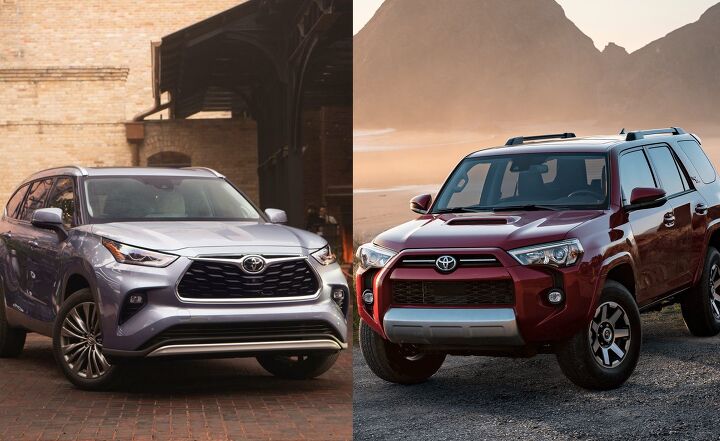


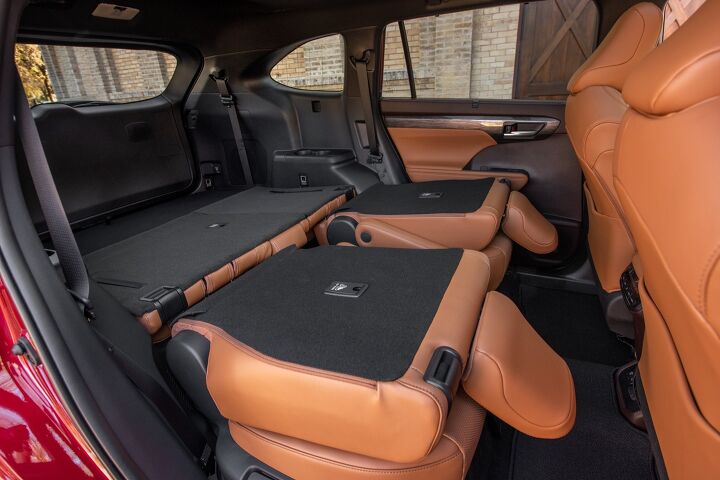



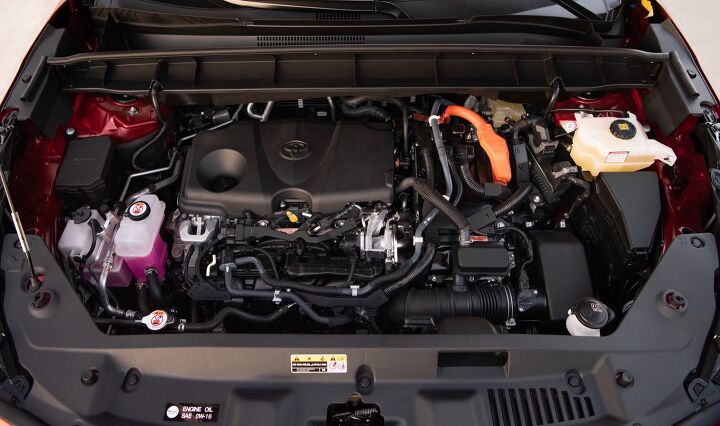




















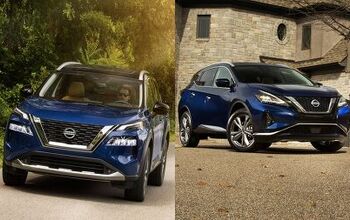
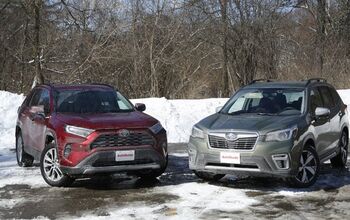

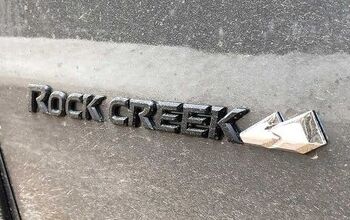
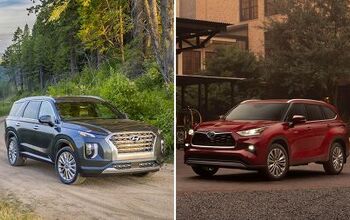
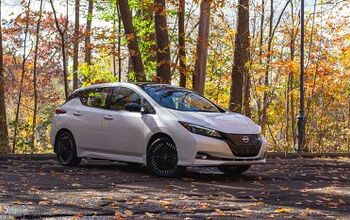

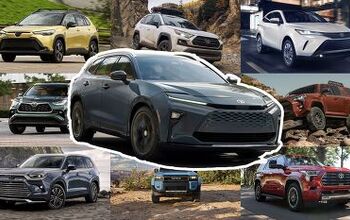
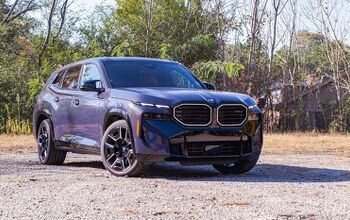



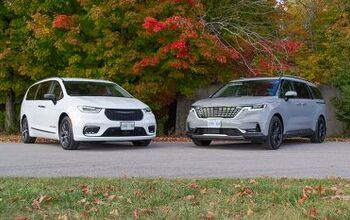


Comments
Join the conversation
Want to by 4 runner 2015-2019